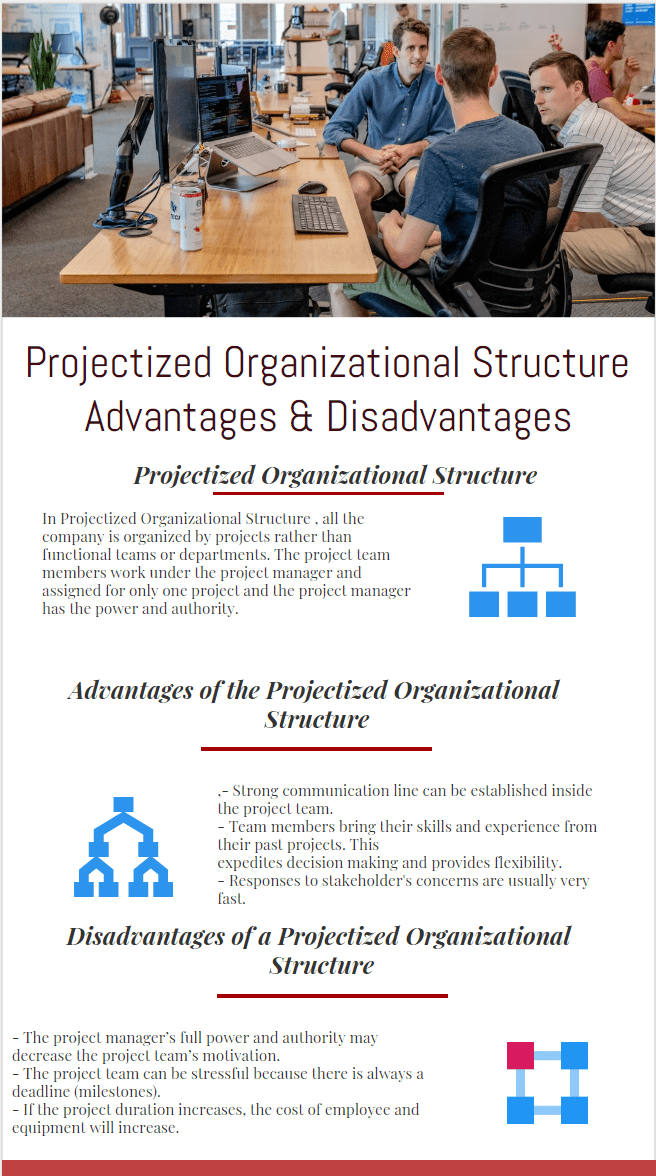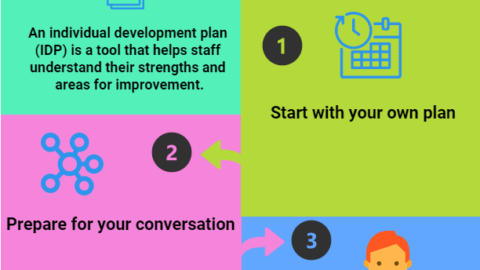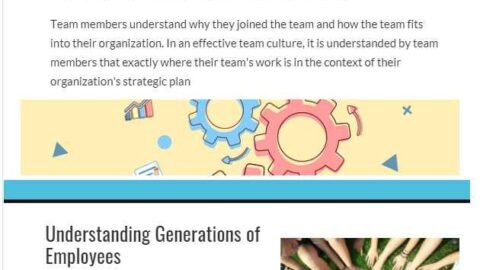What is a Projectized Organizational Structure?
Organizations are formed in different structures such as projectized organizational structure, matrix organizational structure, functional organizational structure , composite organization, etc. In our previous articles, we have discussed different types of organizations. Unlike other types of organizations, in Projectized Organizational Structure , all the company is organized by projects rather than functional teams or departments. The project team members work under the project manager and assigned for only one project and the project manager has the power and authority. Let’s go deeper into the topic.
Table of Contents
A projectized organizational structre can also be named as project-oriented, or project-based structure. Typically, functional managers do not exist in Projectized Organizational Structures. If there is one, his power or authority is very limited. Organizations give project managers authority and power as needed to complete the project but this does not mean that he has absolute authority to do everything he wants. He is responsible to top management and he has to implement the decision taken by them.
For instance, let’s say that you are a project manager of a pipeline project and your side booms are lying idle on site due to the winter period. In this case, the top management will allocate some of your side booms to another project. You may or you may not agree with this decision, but you have to comply with it.
Key Features
- The project team members work under the project manager and report him directly.
- The project manager has full power and authority needed to complete the project. Therefore he controls the budget, resources, and work.
- When the project has completed the whole team will dissolve.
- The project manager has full control over the budget and resource assignments.
- The projectized organizational structure can be conceivable as the opposite of the functional organizational structure.
Projectized organizational structure has both advantages and disadvantages. Let’s analyze them in detail.
Advantages of a Projectized Organizational Structure
- The project team members directly report to the project manager which enables decision making faster.
- Strong communication lines can be established among the project team members.
- Team members work in a dynamic and adaptive environment.
- Team members bring their skills and experience from their past projects. This expedites decision making process and provides flexibility.
- Responses to stakeholder’s concerns are usually very fast.
Disadvantages of a Projectized Organizational Structure
Below are the disadvantages of the projectized organizational structures.
- The project manager’s full power and authority may decrease the project team’s motivation.
- The project team can be stressful because there is always a deadline (milestones).
- If the project duration increases, the cost of employee and equipment will increase.
- If the organization has more than one project, there may be very poor communication and cooperation among the different project teams. Because project teams may focus on their own project’s goals rather than the organizational goal.
- Team members have a sense of insecurity because when the project finishes, they may lose their jobs.
Summary
In projectized organizations, the project manager has the main role, high authority, and power because he is responsible for the products of his project. Everything is very fast and dynamic in the organizations which are established in a projectized organizational structure.
See Also
configuration management and change management
Irwin Michael Reston is an expert who has more than 30 years of experience in optimizing businesses, inspiring individuals and improving human resources departments. He established the BlueLight Consulting Limited to provide learning and training service worldwide.










